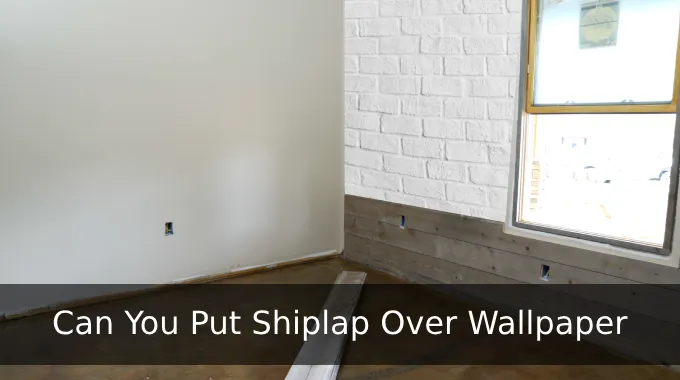Last Updated on March 13, 2023
Are you considering using concrete anchors in drywall? If so, it’s important to understand why this isn’t a safe or suitable method. Concrete anchors are designed for use in masonry and concrete walls and require a significant amount of force to install, which can cause damage to drywall.
Excessive force can cause the drywall to crack or crumble, resulting in an unsafe structure. Fortunately, there are alternatives to using concrete anchors that are more appropriate for drywall installation.
We will delve deeper into the reasons why concrete anchors may not be suitable for use in drywall and provide some alternative options for hanging heavy objects in the drywall that will help ensure your project is done safely and securely.
Why Can You Not Use Concrete Anchors in Drywall?

01. Significant Force Required for Installation
Using concrete anchors in drywall is not recommended because they require significant force to be installed, and this force can cause damage to the drywall.
Concrete anchors are designed to be used in masonry or concrete walls, which require a much higher force than what is needed to install them into drywall.
This high installation force can crack or break the drywall, rendering it unable to support any weight. Additionally, the hole created by a concrete anchor in drywall will often be larger than necessary, causing additional structural damage.
2. Excessive Force Applied to Drywall Results in Damage
The excessive force needed for the successful installation of a concrete anchor into drywall results in significant damage that may compromise its integrity and strength.
The excessive pressure applied to the wall causes cracking and crumbling of the drywall material leading to holes that weaken the overall structure of the wall and make it less capable of supporting objects securely.
Furthermore, if multiple attempts are made at installing one anchor into a single hole, you risk making large enough cracks and holes that can no longer be filled or patched up effectively.
3. Pressure and Friction Requirements for a Concrete Anchor to Hold Fast
Due to the unique design characteristics of concrete anchors, they need specific levels of pressure and friction during installation in order for them to hold fast properly when secured into masonry or concrete walls.
Drywalls do not provide adequate amounts of either pressure or friction necessary for a concrete anchor to remain secure once installed. Therefore they are unable to provide sufficient support when attempting to hang anything from them with this type of hardware.
Furthermore, attempting to use a larger anchoring diameter than necessary can put too much strain on the mortar joints between adjoining pieces of drywall paneling, causing further structural damage.
Alternatives to Using Concrete Anchor in Drywall
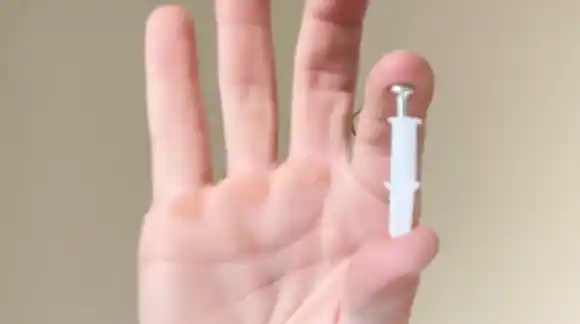
01. Drywall Anchors
Drywall anchors are a great choice for concrete anchors in drywall, as they provide a secure hold on the wall without the need for drilling or any special tools.
They come in a variety of styles and sizes that can be used to hang light to medium-weight items from your walls. The most common type of drywall anchor is the plastic expansion anchor, which consists of two parts: an outer sleeve and an inner screw.
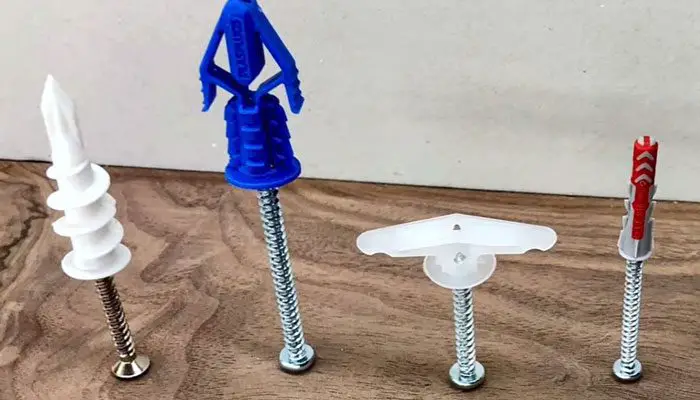
To use, you simply insert the screw into the wall, then expand the sleeve with a screwdriver or drill bit until it presses against the wall’s surface. This helps to distribute weight evenly and prevent damage to your walls.
There are also toggle bolt-style drywall anchors that work similarly but allow for heavier loads (up to 75 lbs.). These require some extra work, though, as you have to make a hole larger than usual before inserting them into the wall.
02. Toggle Bolts
Toggle bolts are another great alternative to concrete anchors in the drywall as they provide a strong hold while being easy to install and remove. Toggle bolts feature two parts: wings and a toggle. Wings expand when inserted into a drilled hole. The toggle keeps them securely in place once fully inserted into the wall.
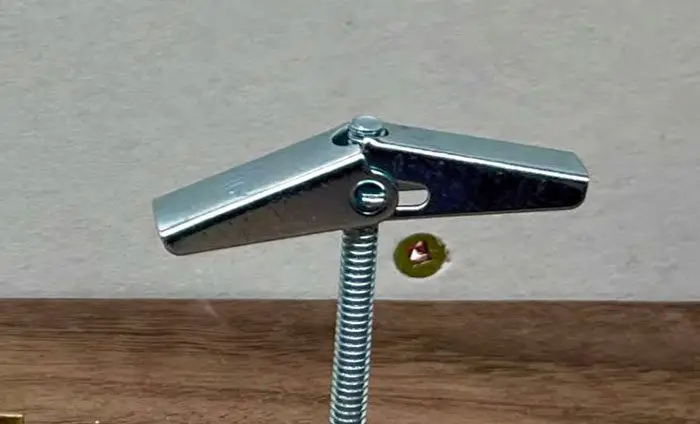
To use, drill a hole in your wall slightly larger than the bolt’s diameter, insert it into the hole until you feel resistance, then pull back on the wings until they expand outwards against the interior of your wall.
They can hold up to 50 lbs., making them suitable for heavier objects such as shelves and mirrors.
03. Plastic Wall Plugs
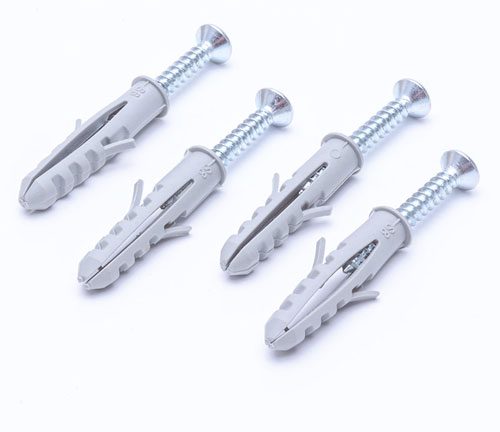
Plastic wall plugs are ideal if you’re looking for something more lightweight yet still able to provide reliable support in drywall applications.
Anchors come in either one- or two-part designs, depending on their type. Single-expansion plugs and double-expansion plugs work by expanding outward upon insertion into pre-drilled holes. This distributes pressure along the length of the anchor rather than just at its edges.
Single expansion plugs are best suited for lighter items such as picture frames, whereas double expansion ones should be used for heavier items such as racks or bookshelves that require more strength from their anchor base.
04 Self-Drilling Hollow Wall Anchors
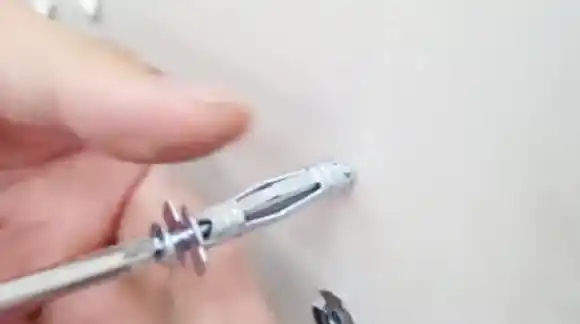
The self-drilled hollow wall anchors are an excellent choice if you don’t want to bother drilling individual holes every time you want to install something on your walls because they don’t require additional installation tools besides screws.
Unlike other types of anchors, though, self-drilling hollow wall anchors require slightly bigger pre-drilled holes since they have sharp points at their tips which help them penetrate through drywall surfaces more easily and keep them firmly attached once fully inserted inside walls.
This makes them ideal solutions when it comes time to install items like towel bars or curtain rods, which may move around frequently during use due to vibrations created by water running through pipes behind walls.
Since these types of anchors won’t become loose over time, unlike other solutions (such as plastic expansion anchors). Additionally, self-drilling hollow wall anchors are able to support weights up to 70lbs hence making them suitable even for heavier objects such as shelving units or cabinets.
How Much Weight Can You Hang on Drywall with Anchors?
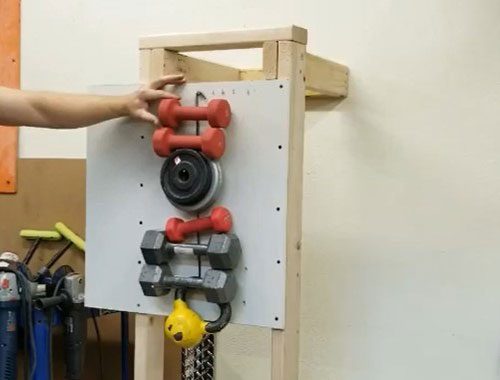
The amount of weight you can hang on drywall with anchors depends largely on what type of drywall is being used, as well as what type of anchor is being used for installation.
Plastic wall plugs designed for light-duty loads can hold up to 25 pounds per plug when installed accurately in traditional drywall (1/2 inch thick). Heavy-duty toggle bolts designed for heavier loads can hold up to 50 pounds per plug-in standard drywall (1/2 inch thick).
When using thicker drywall, the same anchors can hold up to twice as much weight. Toggle bolts could potentially hold up to 100 pounds per plug when installed correctly into 5/8 inch thick drywall.
It is meant to ensure that whatever type of anchor you use is capable of holding your intended load before installing it; never exceed an anchor’s rated load capacity.
Are Concrete Screws Permanent?
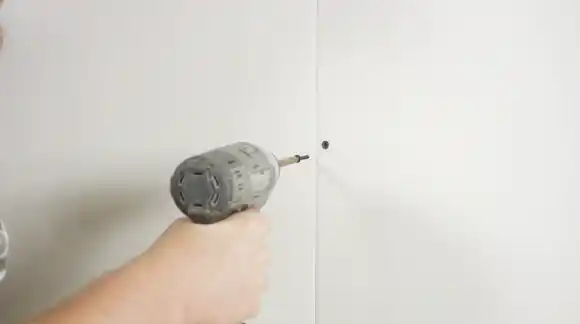
Yes, concrete screws are permanent fixtures when properly installed into concrete or brick surfaces. Concrete screws are intended for use in masonry materials. They have a large head diameter which helps them securely bite into hard substrates like concrete without having them back out over time.
Concrete screws come either fully or partially threaded, depending on their application. They feature self-tapping tips, which help them cut through dense masonry substrates quickly and easily. They also provide superior holding power compared to other types of masonry fasteners, such as lag screws or nails.
Concrete screws may fail if not installed properly due to weak substrate penetration or incorrect torquing during installation. This can lead to potential loosening over time. Make sure proper installation instructions are followed when installing these fasteners.
Can I Screw Directly into the Drywall?
It is not recommended to screw directly into drywall without an anchor, as there may not be enough resistance from the wall surface itself against tension applied by a screw pulling against it from outside forces.
Use an appropriate wall plug designed for light-duty loads for small items such as picture frames and mirrors. Use heavy-duty toggle bolts for heavier objects such as cabinets. Use recessed wall inserts such as Molly Bolts for even heavier items like shelving units which require additional stability once installed.
It is important to always read manufacturer instructions prior to installing any type of wall plug or insert. This will ensure that they provide enough holding power once they’re set.
What Anchors to Use in Drywall?
When selecting an anchoring system to be used in drywall, one must consider the type and thickness of the drywall material being used. The size and weight of the item needing anchoring must also be taken into account when making a decision. Beyond just gravity, how much extra security and stability is needed should also be considered.
Plastic ribbed wall plugs are easy to install with just a drill bit & screwdriver and work great for lighter-duty applications. Toggle bolts are heavy-duty and provide stability beyond just gravity. The “wings” on toggle bolts expand behind the material once inserted, providing support against tension forces from outside sources.
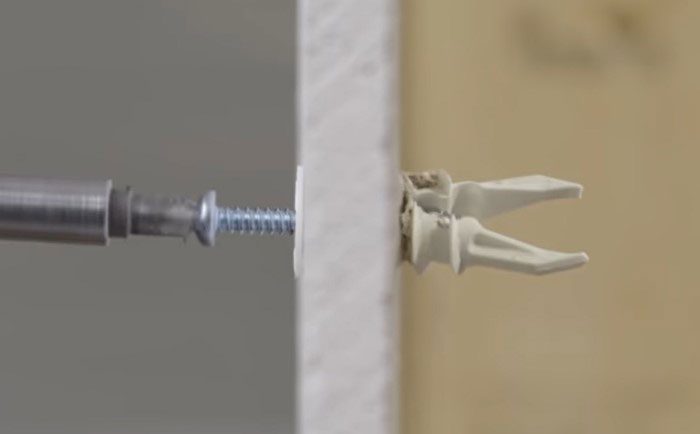
For greater strength and stability, hollow anchor bolts such as Molly Bolts should be considered. Hollow wall inserts expand inside walls, offering superior holding power than other types of anchoring systems once securely inserted.
Read manufacturer instructions prior to installation so that you know how deep each type of insert needs to penetrate into the material in order to obtain maximum securement performance.
Final Thoughts
While it may seem tempting to use concrete anchors when hanging items on your drywall, it’s important to remember that they aren’t designed for use on plasterboard or other materials typically used in wall construction.
Excessive force applied during installation can damage or collapse the wall material, creating an unsafe environment. Fortunately, there are many different types of anchors designed specifically for use with drywall that provide secure mounting without risk of damage or injury.
We hope this post has provided you with some helpful information about why you cannot use concrete anchors in drywall and what alternative options are available for safely and effectively completing your project.



